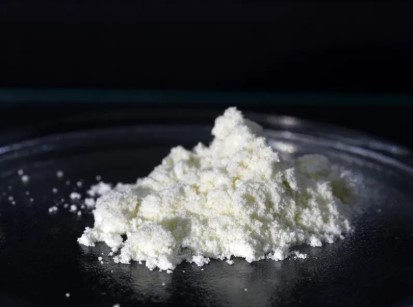Bureau of Indian Standards initiates consultation on revised standard for potassium iodide.

The Bureau of Indian Standards (BIS) has initiated a public consultation on a revised standard for potassium iodide which is used as a reagent in analytical chemistry, photography for precipitating silver and for medicinal purposes. Stakeholders are invited to submit comments until 26 March 2025.
Main changes in the revised standard
The revised standard outlines the requirements, sampling methods, and tests procedures for potassium iodide, in both pure and analytical reagent forms. Main revisions include:
- Instrumental test methods are added as alternative test methods for the determination of iron, lead, arsenic, chloride, and sulphate.
- Requirements are added for potassium iodide, pure and analytical reagent, specifying the essential characteristics and their corresponding limits to ensure compliance with the quality standards.
Detailed Specifications
The revised standard specifies the following characteristics for pure and analytical reagent grades of potassium iodide:
| Characteristics | Requirements | |
| Pure | Analytical Rreagent | |
| Loss on drying, percent by mass, Max | 1.0 | 0.2 |
| Assay, percent by mass, Min (on dry basis) | 99.0 | 99.8 |
| Insoluble matter, percent by mass, Max | – | 0.003 |
| Chloride and bromide (as Cl), percent by mass, Max | – | 0.01 |
| pH of 5 percent solution at 25 °C | Not more than 9.2 | Between 6 and 9.2 |
| Iodate (as IO3), parts per million, Max | 2 | 2 |
| Phosphate (as PO4), percent by mass Max | – | 0.001 |
| Sulphate (as SO4), percent by mass, Max | 0.06 | 0.002 5 |
| Iron (as Fe), parts per million, Max | – | 3 |
| Heavy metals (as Pb), percent by mass, Max | 0.001 | 0.000 5 |
| Sodium (as Na), percent by mass, Max | 0.1 | 0.05 |
| Arsenic (as As), parts per million, Max | 2 | 0.1 |
| Iodine reducing substances (as I), percent by mass, Max | – | 0.001 |
| Barium (as Ba), percent by mass, Max | 0.001 | 0.001 |
| Cyanide (as CN), percent by mass, Max | To pass the test | – |
| Calcium group and magnesium (as Ca), percent by mass (on dry basis), Max | – | 0.001 |
| Nitrogen compounds (as N), percent by mass, Max | 0.001 | – |
Packaging and Labelling Requirements
- The material shall be in the form of colourless crystals, granules or powder.
- The material shall be packaged in bottles or drums as agreed to between the purchaser and the supplier.
- Each container shall be securely closed and legibly and indelibly marked with the following information:
a) Name and grade of the material;
b) Name of the manufacturer and recognized trade-mark, if any;
c) Net mass of the material; and
d) Lot or batch number, in code or otherwise.
- In the case of analytical reagent grade, the maximum limits for the characteristics given in the table shall also be given on the label.
Conformity Assessment
The product(s) conforming to the requirements of this standard may be certified under the conformity assessment schemes under the provisions of the Bureau of Indian Standards Act, 2016 and the Rules and Regulations framed thereunder, and the products may be marked with the standard mark.
Further details of the requirements, sampling and tests methods can be found here.
We acknowledge that the above information has been compiled from Bureau of Indian Standards.




